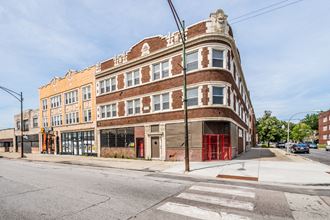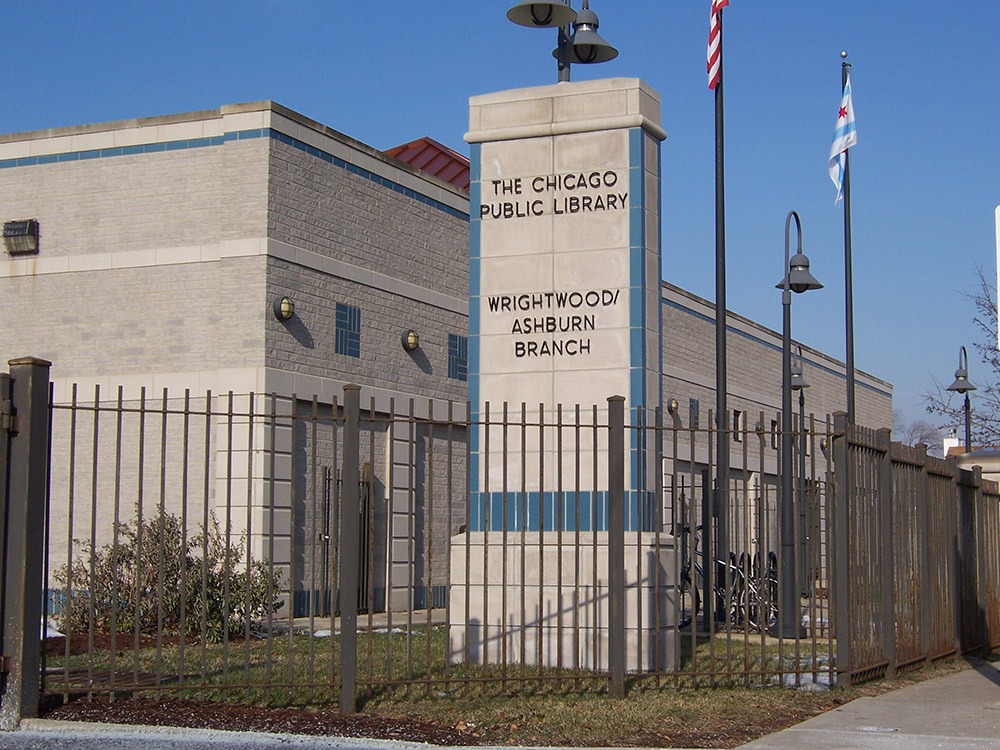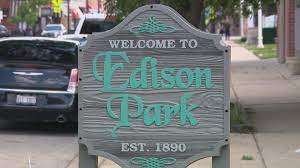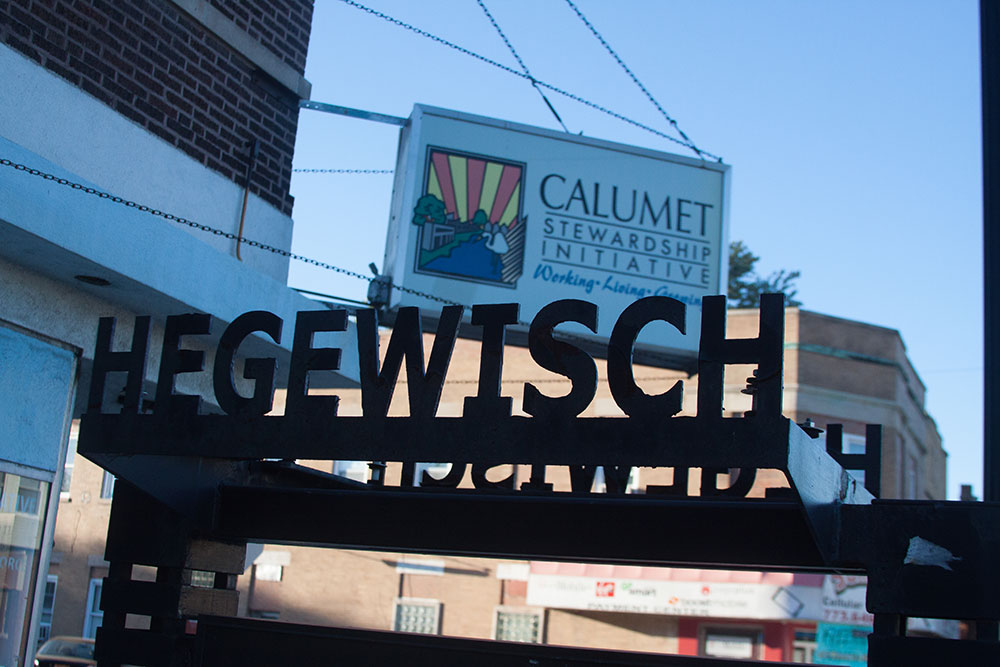Ashburn in Chicago
Ashburn is a vibrant community area in Chicago, brimming with history and distinctive features. Akin to a quilt made up of different patches, Ashburn is an amalgamation of distinct neighborhoods, each with its unique character and charm.
Historical Background
Ashburn’s journey to becoming one of Chicago’s 77 community areas is a tale of steady growth and development. The area got its initial boost with the advent of railroads, particularly after its annexation to Chicago as part of the town of Lake.
In 1893, the first subdivision, Clarkdale, was established near 83rd and Central Park along the new Chicago & Grand Trunk Railway. However, growth was slow initially, with only 48 homes built in the first 25 years.
During World War I, Ashburn became a hub of activity when Ashburn Flying Field, Chicago’s first airport, opened in 1916. This boosted the area’s development and population. However, with the opening of Municipal Airport (now Midway) in 1927, Ashburn lost its prominence in aviation.
Post-World War II, Ashburn witnessed a boom in population and housing construction due to the industrial expansion between Pulaski and Cicero. The area reached its peak population of 47,161 in 1970.

Ashburn’s Neighborhoods
Ashburn’s area is divided into several neighborhoods, each with its unique character and demographics:
Beverly View
Beverly View, located in the far eastern section of the neighborhood, has a population of around 996. Its racial makeup is diverse, consisting of African American, White, Hispanic or Latino, Asian, and Mixed Race.
Wrightwood
Wrightwood is another prominent neighborhood in Ashburn. With a population of approximately 9,540, the majority of its residents are African American, followed by Hispanic or Latino, Mixed Race, and White.
Marycrest
Marycrest, located in the east central part of the neighborhood, has a population of around 541. It is predominantly African American, with a significant Hispanic or Latino and White population.
Parkview
Parkview is situated in the central part of Ashburn. It has a population of approximately 1,463, with a diverse mix of African American, Hispanic or Latino, White, and Asian residents.
Scottsdale
Scottsdale, located in the far western part of Ashburn, is the most populous neighborhood with a population of around 14,207. The majority of its residents are Hispanic or Latino, followed by White, African American, Asian, and Mixed Race.
Ashburn’s Growth and Development Association
In 2016, the Greater Ashburn Development Association (GADA) was established to foster strategic relationships between businesses and residents to create economic prosperity. GADA has successfully organized community events and received recognition for its efforts in strengthening the community.

Transportation
Ashburn is well-connected with transportation facilities. METRA’s SouthWest Service provides regular rail service at the Ashburn and Wrightwood railroad stations.
Notable Residents
Several noteworthy individuals have called Ashburn home. These include politicians like John Martin Daley and Andrew J. McGann, sports announcer and former MLB player Ed Farmer, retired member of the United States Secret Service Tim McCarthy, and actor and comedian Jim Zulevic.
Educational Institutions
The area is home to numerous schools, providing quality education to its residents. These include Ashburn Community Elementary School, CICS Wrightwood, Carroll Elementary School, Dawes Elementary School, Durkin Park Elementary School, Stevenson Elementary School, Lionel Hampton Fine & Performing Arts School, Owens Scholastic Academy, Ashburn Lutheran School, St. Bede the Venerable Catholic School, Sarah E. Goode STEM Academy, St. Rita of Cascia High School, and William J. Bogan High School.
Ashburn, with its rich history, diverse neighborhoods, and vibrant community, is a testament to the spirit of Chicago. It continues to evolve, meeting the challenges of the future while preserving its unique heritage.


